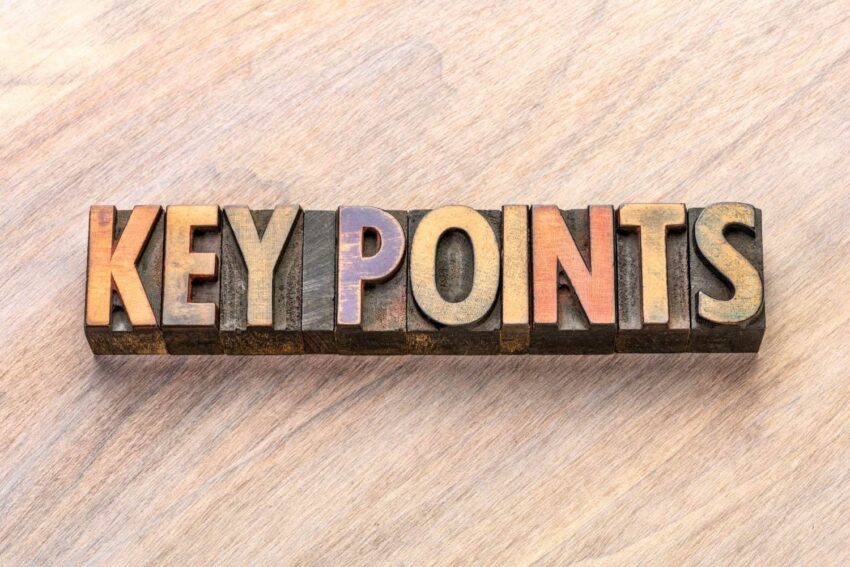Throughout history, gold has been the quintessential symbol of wealth and security. For modern countries, gold reserves are a key part of national and international economic strategy. Central banks use gold to hedge against inflation, currency volatility, and financial crises, helping anchor economies during economic turmoil. Global demand for gold stayed strong through 2024–2025. Central banks—especially in emerging markets—continued buying bullion amid geopolitical uncertainty and economic turbulence. Annual purchases have exceeded 1,000 tons for the third consecutive year. Below are the current top gold-holding nations, according to data from the IMF and the World Gold Council from early 2025.
Key Points
-
Although modern nations have diversified sources of wealth, gold reserves continue to provide a stable underpinning for the world’s healthiest and wealthiest economies.
-
Are you ahead, or behind on retirement? SmartAsset’s free tool can match you with a financial advisor in minutes to help you answer that today. Each advisor has been carefully vetted, and must act in your best interests. Don’t waste another minute; get started by clicking here.(Sponsor)
The United States: Still the King of Gold

In no surprise, the United States holds more gold than any other nation, with around 8,133 metric tons of gold in reserve. Much of it is stored at Fort Knox, which stockpiles about 147.3 million troy ounces of gold valued at $353.5 billion. The Denver Mint and the West Point Bullion Depository are other significant gold storage sites. Gold comprises approximately 75% of all U.S. foreign reserves, demonstrating its centrality to America’s economic strategy.
Germany: Europe’s Gold Champion
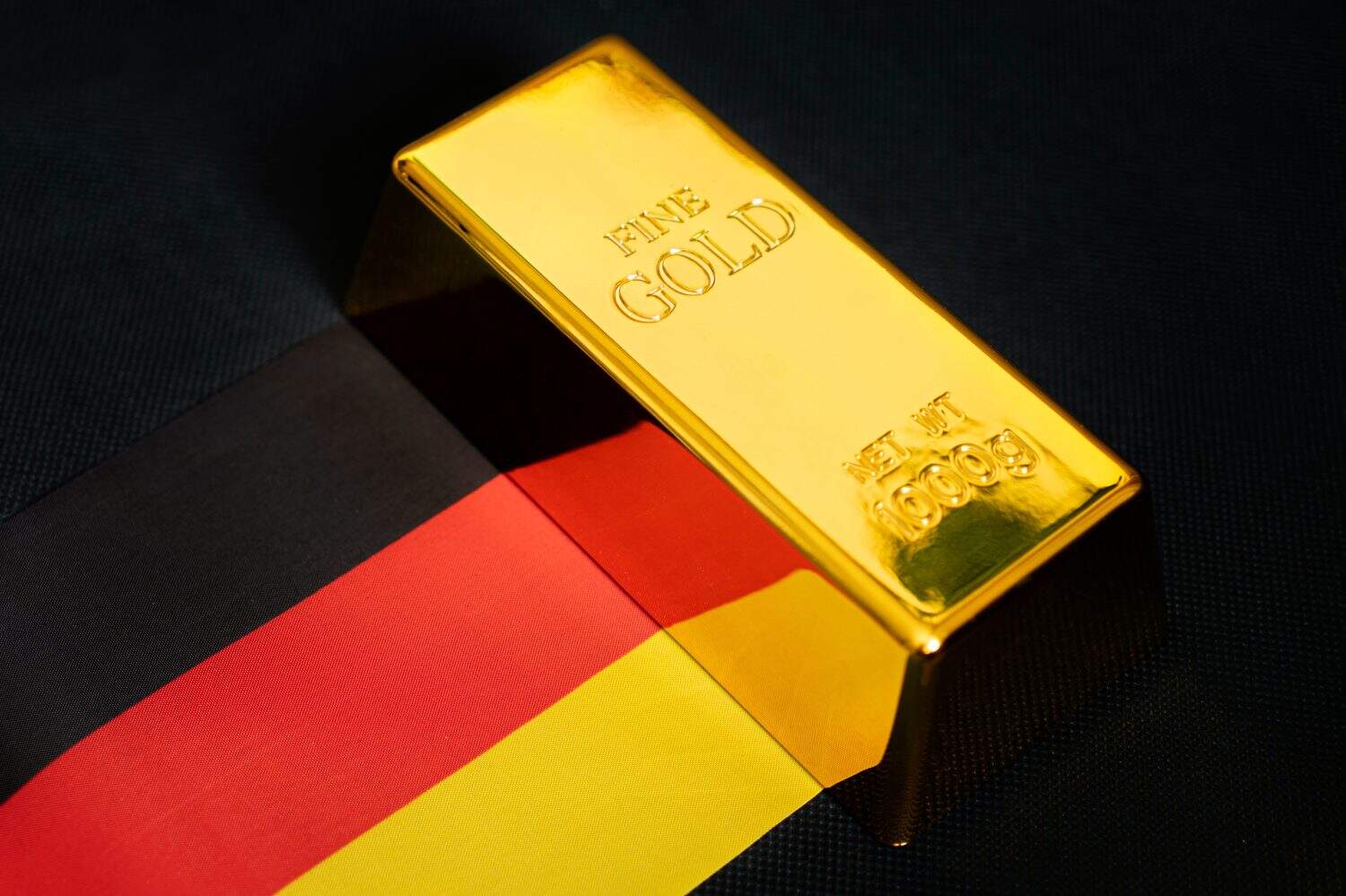
Germany’s reserve comes in second globally, with over 3,350 metric tons of gold. The country has always been serious about its financial stability, a focus reflected in its impressive gold reserves. In recent years, Germany went to great lengths to repatriate much of its gold from storage in the United States and France. This gives them even tighter control and security over their economic future. Gold now makes up around 77% of Germany’s total reserves.
Italy: Tradition Meets Strategy
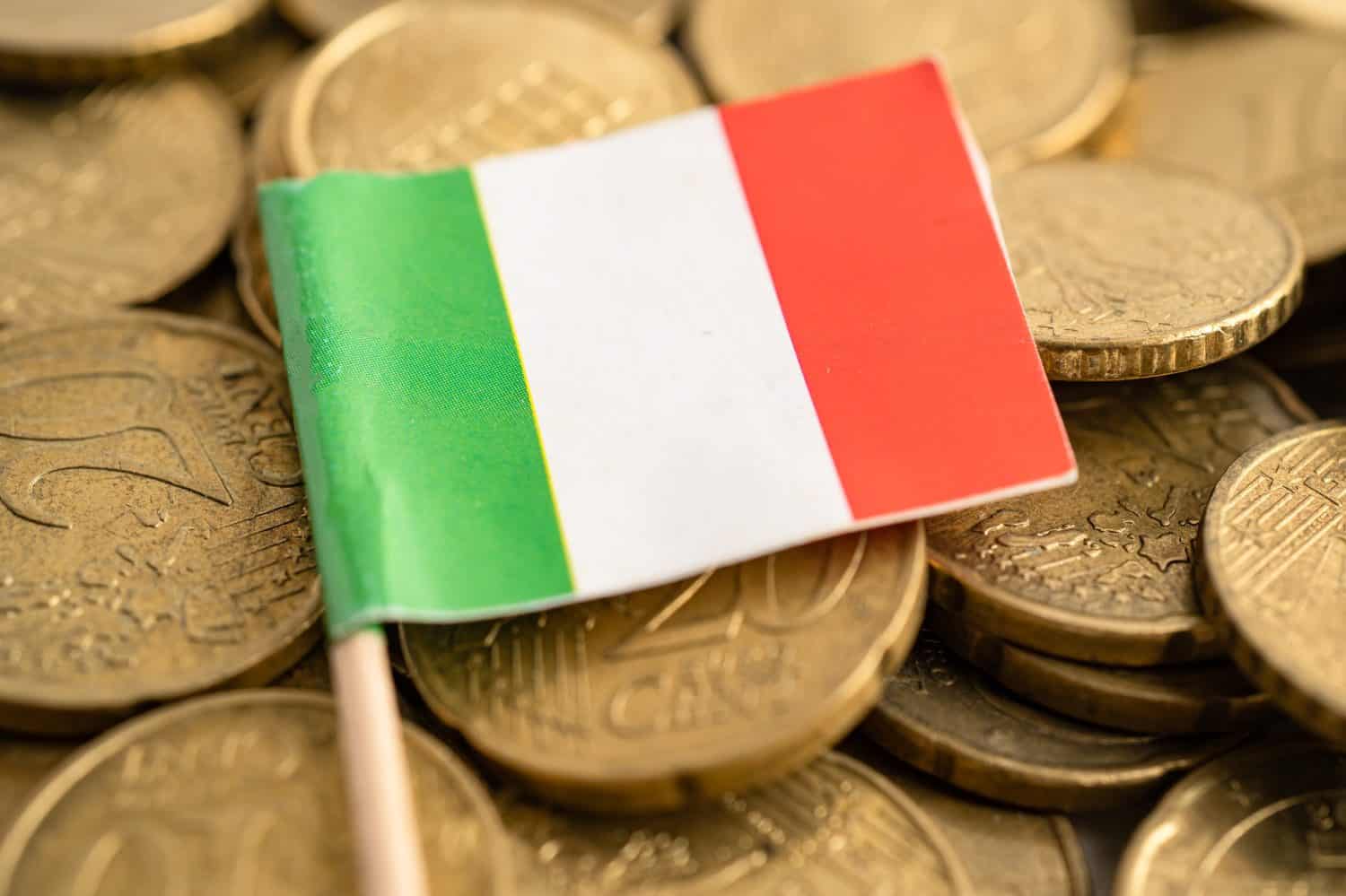
Italy holds the third-largest gold reserves in the world. They own around 2,452 metric tons of gold. Italian policymakers see their gold reserves as a critical safety net. In a country that has historically suffered from unstable politics, gold is an especially valuable cushion against both economic and political shocks, building public trust in their financial system. Today, gold makes up more than 74% of the nation’s total reserves.
France: Gold Has Deep Roots

France follows hard on the heels of Italy, with about 2,437 metric tons of gold in reserve. French leaders have leaned on the economic stability of gold for decades, first to support the franc and later as part of the euro system. Today, gold comprises nearly 74% of France’s reserves. Even in the modern global economy, old-school assets such as gold still play a major factor in French economic strategy.
Russia: Building Independence with Gold
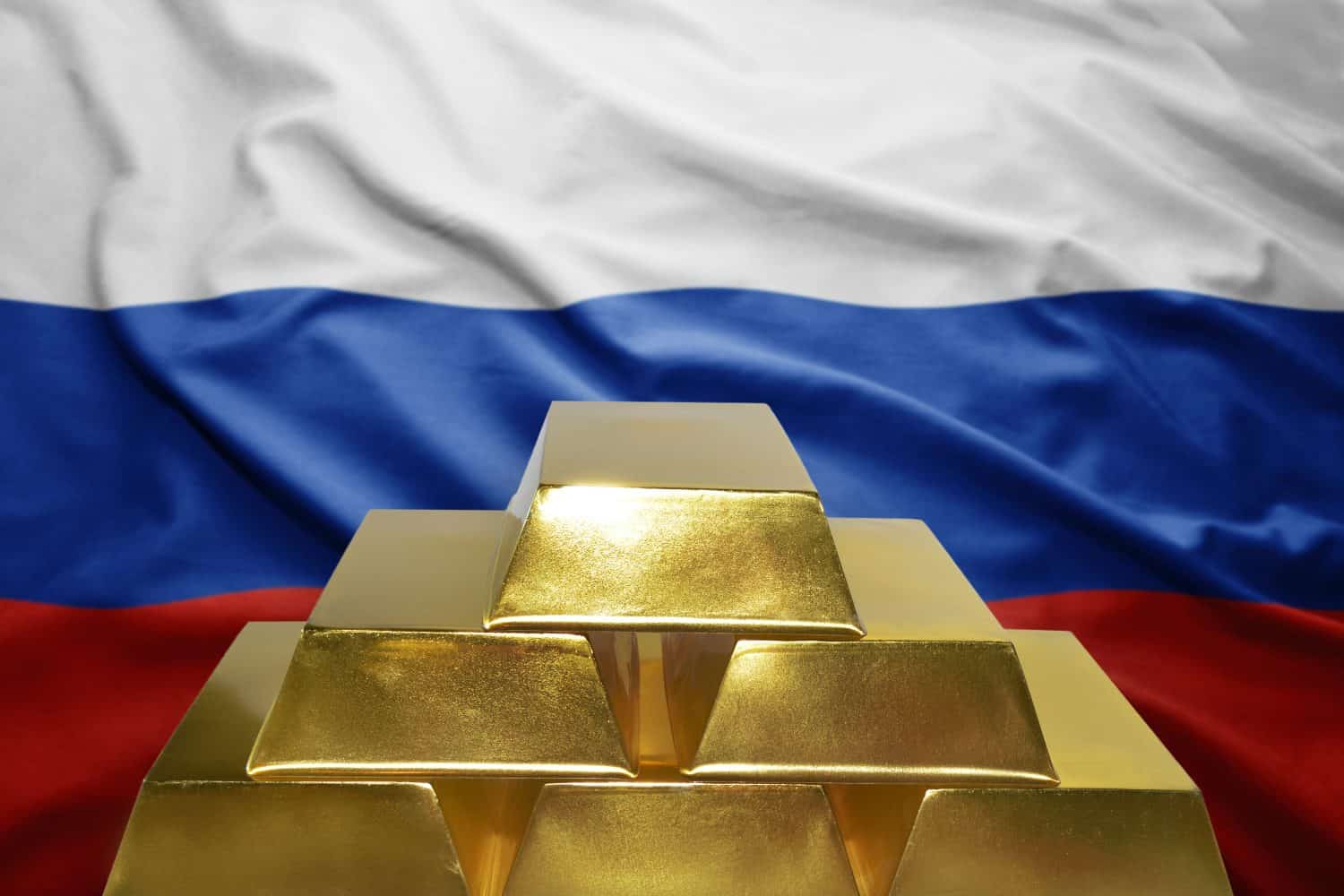
Over the past decade, Russia has systematically built up a stockpile of 2,330 metric tons by 2025. This is part of its bigger plan to reduce its reliance on the U.S. dollar, particularly important in the face of increasing Western sanctions. Gold now accounts for over 35% of Russia’s total financial reserves. The country’s central bank continues to add to this reserve, hoping to diversify and shield the nation’s finances from outside pressure.
China: Quietly Growing Its Stash

China comes in sixth in global gold reserves, with approximately 2,292 metric tons of gold. Unlike many other nations, this is a relatively small share of China’s total foreign reserves—nearly 7%. However, China’s gold reserve has been steadily growing. In anticipation of global trade battles and currency competition, China’s central bank sees gold as a smart strategic diversifying asset.
Switzerland: Small but Mighty
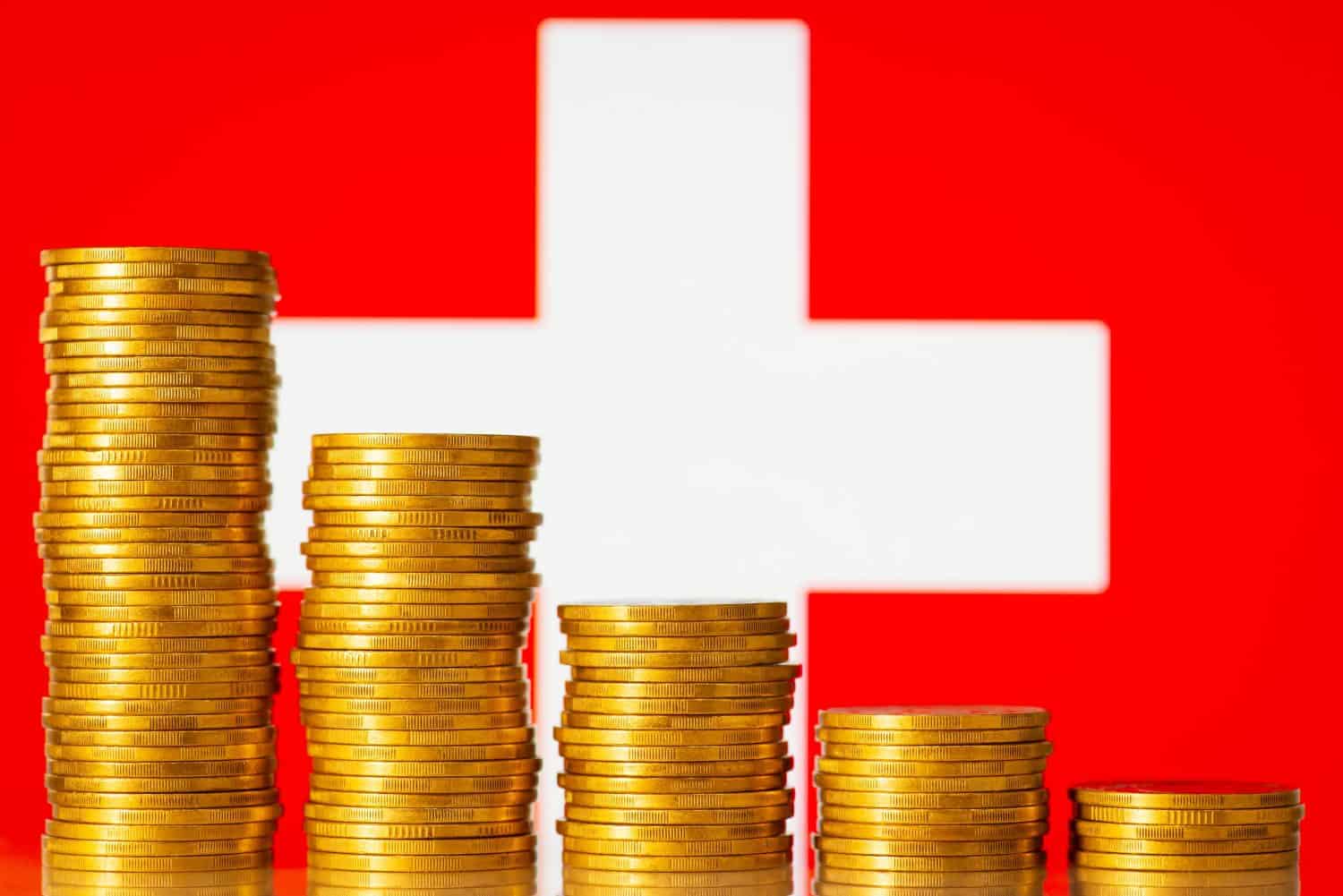
Switzerland, celebrated for its powerful banking sector, holds just over 1,040 metric tons of gold, which is about 10% of its forex reserves. For such a small country, that’s a lot of gold. Gold remains a key part of the Swiss National Bank’s holdings, playing a significant role in its overall economic stability and giving the country an outsized role in the international economy.
India: Gold is Culture and Strategy
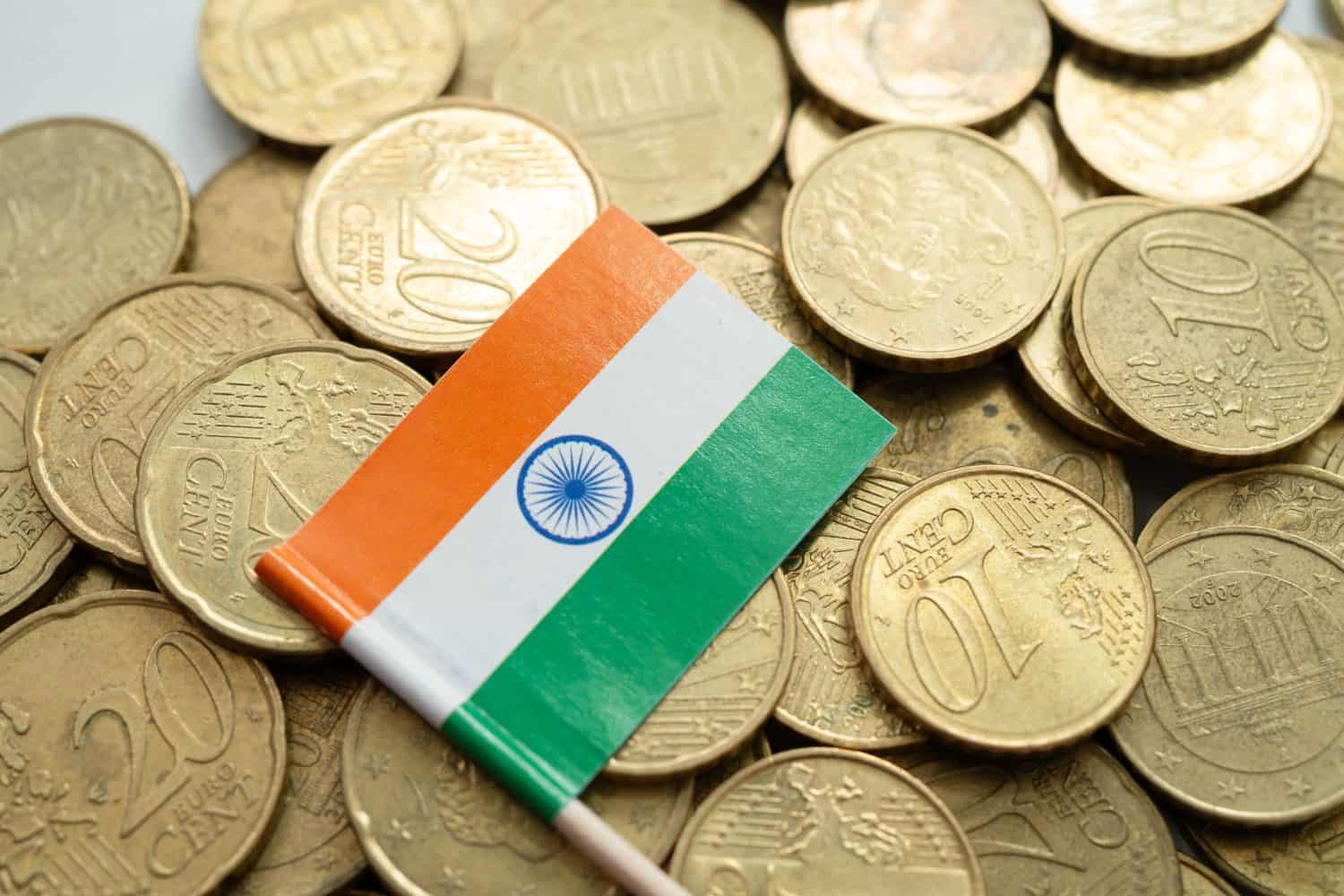
India’s gold reserves reached approximately 880 metric tons in 2025, or 13 percent of its forex reserves, bringing it into eighth place globally. Gold carries a deep cultural significance in India, so the private sector demand has always been strong. The Reserve Bank of India (RBI) recognizes gold as foundational to a stable economy, and to India’s traditional role as a non-aligned power.
Japan
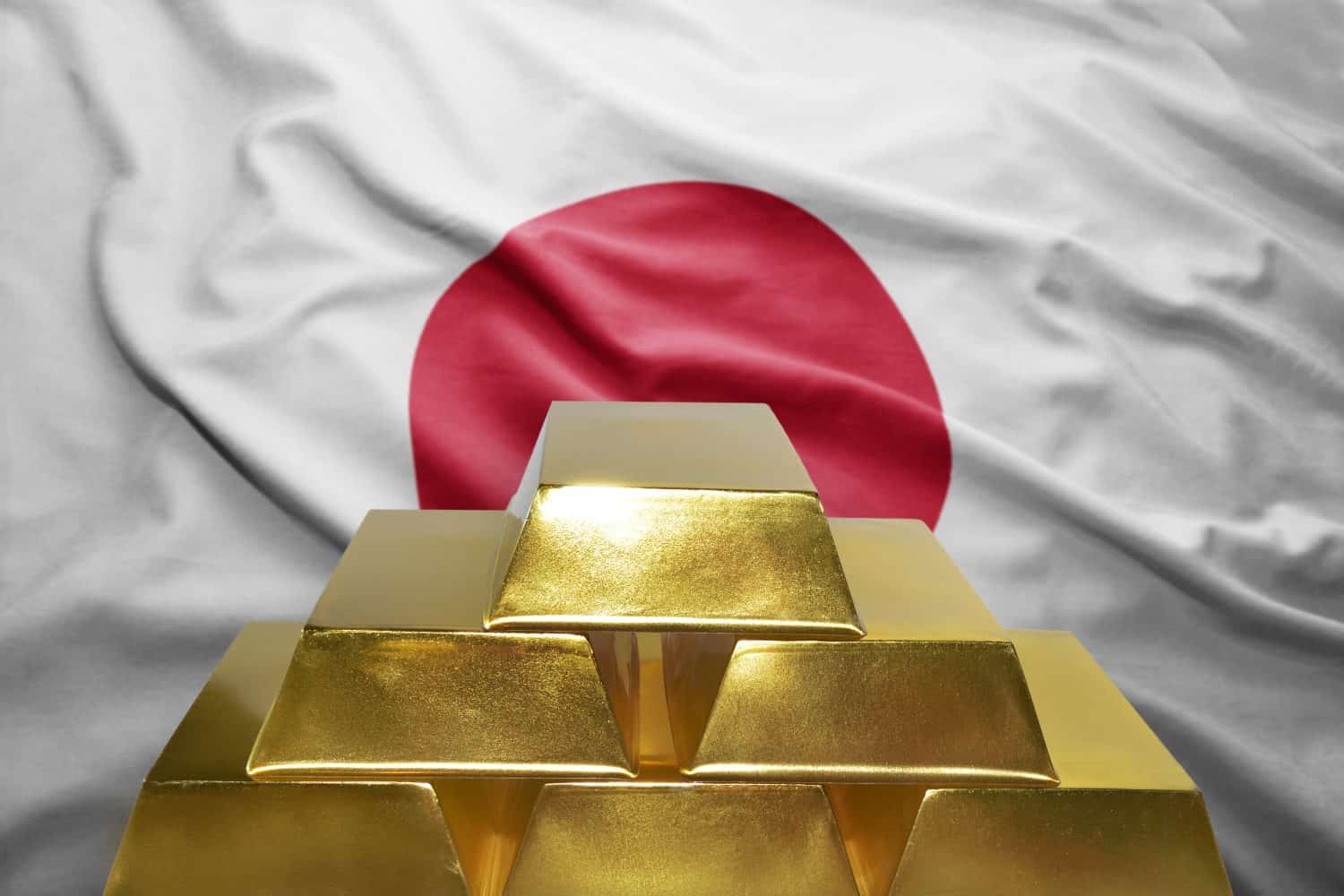
Japan owns 846 metric tons, of gold, making up 6% of the country’s reserves. It plays an important role in stabilizing the economy and reassuring investors. This is particularly important because Japan is in a difficult place geostrategically, with Russia, North Korea, and China all nearby regional threats.
Netherlands

The Netherlands has prospered historically from canny overseas trade that has overcome the small country’s own lack of resources. It’s accumulated 612 metric tons of gold over the years, comprising about 65% of its total reserves. This makes the Netherlands a major player in the world gold market.
The Bottom Line: Gold Isn’t Going Anywhere

Though the global economy has left the gold standard behind, central banks still regard gold as a bedrock of economic security. It’s a cushion against economic chaos, a way to diversify financial holdings, and an indication of trust in a nation’s currency. Major players like the U.S., Germany, Italy, France, Russia, and China continue to shape the global gold market. As they do so, they define what financial stability looks like in our modern economy. And as economic storms keep rolling in, gold’s role as an anchor in the waves looks as strong as ever.
The post The Biggest Gold Reserves in the World – Who Holds the Most? appeared first on 24/7 Wall St..
Click this link for the original source of this article.
Author: Drew Wood
This content is courtesy of, and owned and copyrighted by, https://247wallst.com and its author. This content is made available by use of the public RSS feed offered by the host site and is used for educational purposes only. If you are the author or represent the host site and would like this content removed now and in the future, please contact USSANews.com using the email address in the Contact page found in the website menu.

